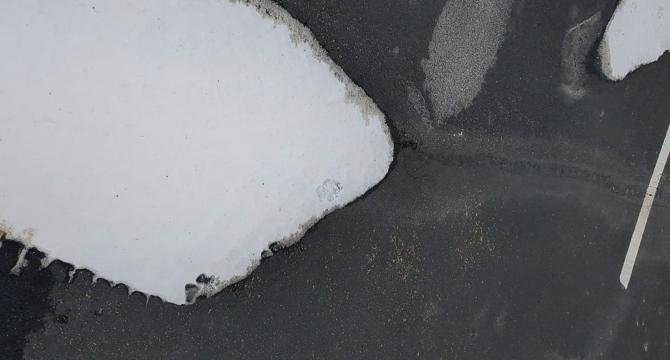Medium
1M
1.5k

Image Credit: Medium
Why Is It So Hard to Identify Ice and Snow with Algorithms?
- Detecting ice and snow with algorithms is a challenging task for artificial intelligence due to the complex physics of light interactions with these materials.
- Snow is made up of intricate ice crystal structures that exhibit a phenomenon called multiple scattering, which further complicates detection.
- Ice, on the other hand, reflects light in a focused manner, acting more like a mirror, which can confuse algorithms expecting a uniform appearance.
- To overcome these challenges, researchers are exploring multiple sensors and context-aware algorithms to improve the identification of hazardous winter conditions.
Read Full Article
21 Likes
For uninterrupted reading, download the app